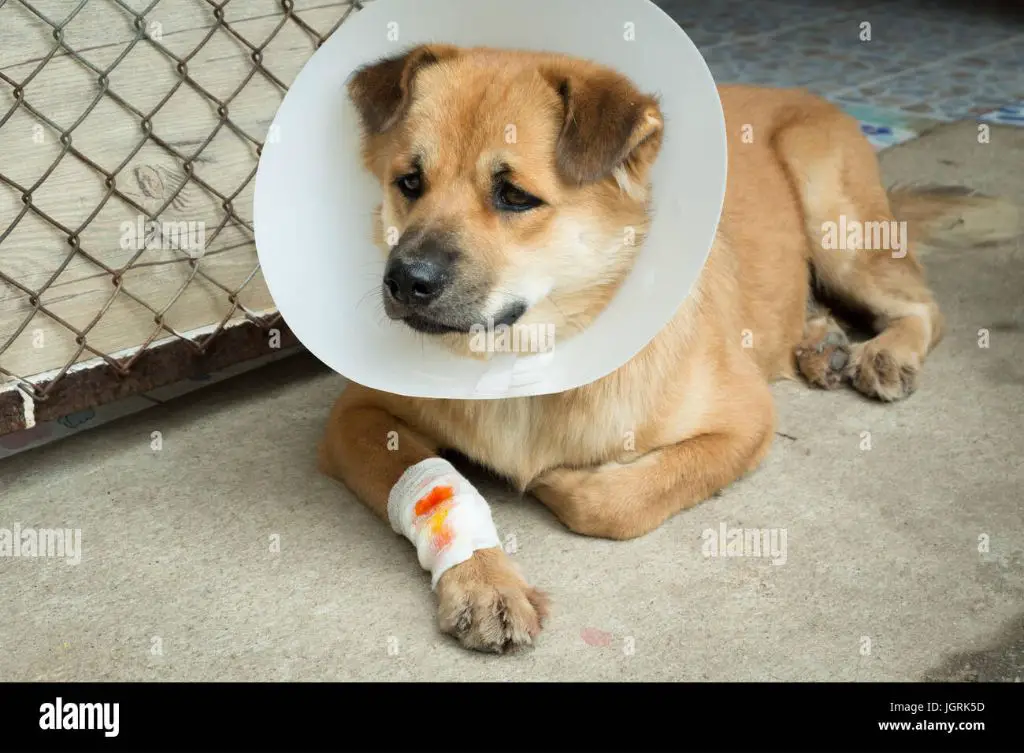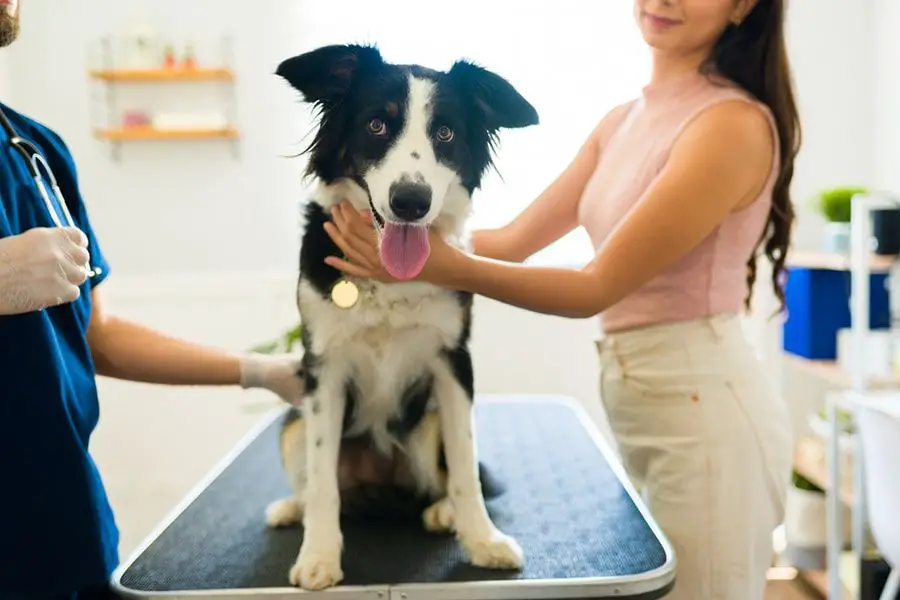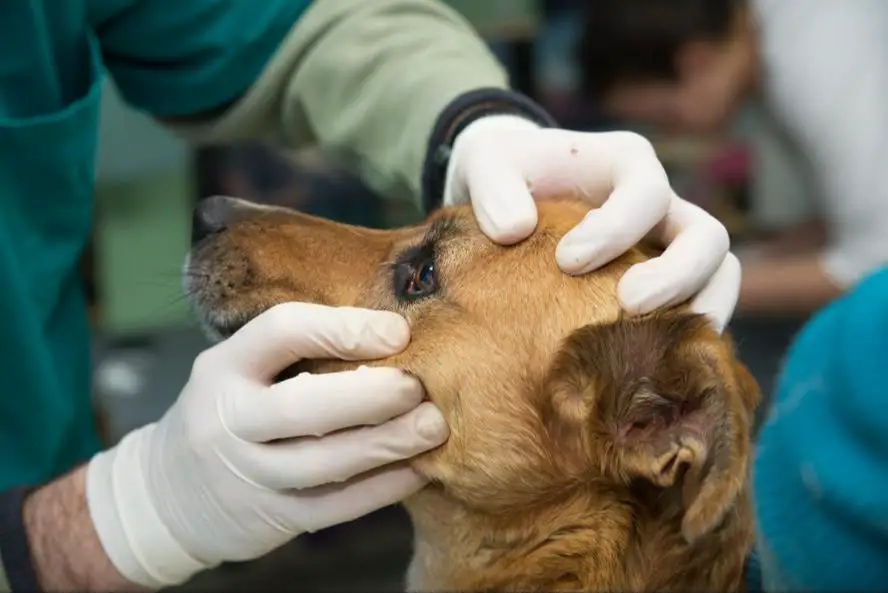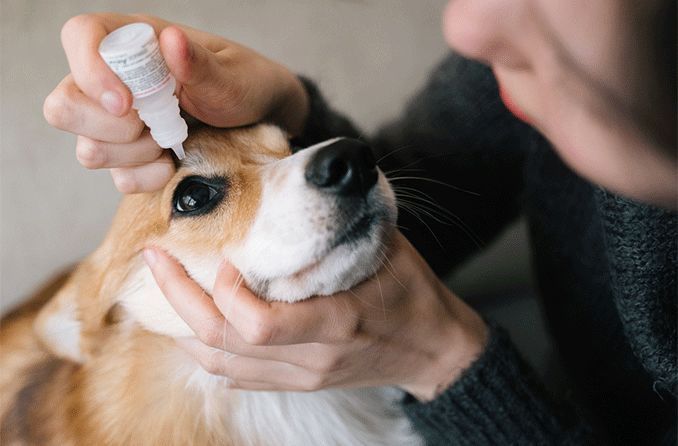What is Horner’s syndrome?
Horner’s syndrome, also called Horner-Bernard syndrome or oculosympathetic palsy, is a condition that affects the eyes and part of the face. It occurs when there is damage to the sympathetic nervous system pathways, which control pupil size, eyelid position, and facial sweating on one side of the body.
The damage to the sympathetic nerves interrupts the nerve signals to the eyes and face. This leads to the characteristic symptoms of Horner’s syndrome:
- Drooping or partially closed eyelid (ptosis)
- Constricted pupil (miosis)
- Sinking of the eyeball into the eye socket (enophthalmos)
- Decreased sweating on the affected side of the face (anhidrosis)
Horner’s syndrome itself does not cause permanent damage. But it often indicates an underlying condition or injury that affects the nerves, which may require treatment.
Common causes include:

- Injury or trauma to the neck, chest, or brain
- Tumors or growths compressing the sympathetic nerves
- Viral infections affecting the nerves
- Stroke or aneurysm
- Nerve damage during surgery
Identifying and treating the underlying problem is important to prevent any further damage to the nerves and restore normal nerve signals to the eyes and face.
What causes Horner’s syndrome in dogs?
There are several potential causes of Horner’s syndrome in dogs. The most common causes include trauma, cancer, and middle ear disease.
Trauma to the head, neck or chest area is a frequent cause of Horner’s syndrome in dogs. Things like car accidents, falls, or other injuries can damage the sympathetic nerve chain, leading to Horner’s syndrome. Middle ear disease, such as otitis media or middle ear tumors, is another common cause in dogs. The inflammation or mass lesion puts pressure on the sympathetic nerves. Cancer involving the lungs, esophagus or other structures in the chest can also compress or invade the sympathetic nervous system.
Less common causes of Horner’s syndrome in dogs include:

- Spinal cord disease
- Neck or chest abscesses
- Thyroid disorders
- Brachial plexus neuropathy
- Nerve sheath tumors
In some cases, a cause cannot be identified. This is known as idiopathic Horner’s syndrome. The underlying reason may never be found in dogs with idiopathic Horner’s syndrome.
What are the symptoms of Horner’s syndrome in dogs?
There are three main symptoms of Horner’s syndrome in dogs:
- Drooping eyelid – One of the most noticeable symptoms is a droopy eyelid on the affected side. This is called ptosis. The third eyelid may also protrude and cover part of the eye.
- Constricted pupil – The pupil on the affected side will be constricted or smaller than the pupil on the unaffected side. This is called miosis.
- Sunken eyeball – Horner’s syndrome can cause the eyeball to sink back slightly into the socket, giving the eye a sunken appearance. This is called enophthalmos.
These three symptoms are due to the disruption of sympathetic nerve signals to the eye and surrounding muscles. The drooping and sunken eye results from a lack of nerve signals to the eyelid elevator muscle and the orbital muscles that hold the eyeball in place. The constricted pupil occurs because sympathetic signals normally maintain pupil dilation.
How is Horner’s syndrome diagnosed in dogs?
Horner’s syndrome in dogs is diagnosed through a combination of a physical exam by the veterinarian and diagnostic tests focused on the eyes and nervous system. Some of the key aspects of diagnosing Horner’s syndrome include:

Physical exam by the veterinarian – The vet will do a full physical exam on the dog, looking for any abnormalities or identifying potential causes. They will check reflexes, muscle tone, and facial movements to determine if there are any neurological deficits on the affected side of the dog’s face/body.
Eye tests – The vet will conduct a series of eye tests to evaluate the dog’s pupils, eyelid anatomy, and intraocular pressure. These tests can help localize the lesion and determine if the damage is to the sympathetic nerves affecting the eye versus the central nervous system.
Imaging tests – If a cause can’t be identified through the eye exam, the vet may order imaging tests like CT scans, MRIs, or chest radiographs. These can detect masses, inflammation, or other issues putting pressure on the sympathetic nerves leading to Horner’s syndrome.
By combining a thorough physical, a detailed eye exam, and medical imaging, vets can make an accurate diagnosis of Horner’s syndrome. They can also potentially identify the underlying condition causing it, which is essential for effective treatment and management.
How is Horner’s syndrome treated in dogs?
Treatment for Horner’s syndrome in dogs focuses on addressing the underlying cause of the condition as well as managing the symptoms.
If an underlying cause like an injury, infection, or tumor is identified, the veterinarian will recommend treatment targeted at resolving that issue. That may involve medications, surgery, radiation therapy, or other interventions depending on the specific cause.
In addition, symptomatic treatment is often recommended to help manage the effects of Horner’s syndrome itself. One of the most common symptoms is dryness of the affected eye due to decreased blinking. Artificial tear ointments or eye drops can provide lubrication and comfort for the dry eye.
Restricting activity may be recommended to allow the injury or condition causing the Horner’s syndrome to heal. Follow-up veterinary exams will help monitor the dog’s progress and response to treatment.
While treatment can be very effective, especially if an underlying cause can be identified and addressed, the nerves impacted by Horner’s syndrome can take a prolonged time to recover. Patience and supportive care for the dog are important during the recovery process.
What is the prognosis for dogs with Horner’s syndrome?
The prognosis for dogs with Horner’s syndrome depends on the underlying cause. In some cases, Horner’s syndrome is a permanent condition. However, the prognosis can vary:
– If the cause is unknown but the dog is otherwise healthy, the prognosis is generally good. Many dogs adapt well to the symptoms.
– If the underlying cause is an injury such as a bite wound or blunt trauma, the prognosis is good once the injury heals.
– If the cause is a tumor or lesion compressing the sympathetic nerves, the prognosis depends on the type of tumor and whether it can be successfully treated with surgery, radiation, or medication.
– If the cause is an autoimmune disease such as myasthenia gravis, the prognosis depends on how well the condition responds to treatment. Medications can help manage symptoms.
– If the cause is idiopathic (no known cause), the condition is likely permanent. However, dogs often adapt and live comfortably long-term.
In summary, the prognosis varies based on the underlying cause. In some cases Horner’s syndrome is permanent, but often dogs can live comfortably with the condition once the underlying issue is addressed.
Are certain dog breeds more prone to Horner’s syndrome?
There is no specific breed predisposition for Horner’s syndrome in dogs. However, the condition may be slightly more common in breeds with long, droopy ears like Basset Hounds, Bloodhounds, Coonhounds, Cocker Spaniels, and Beagles. The long ear flap may put pressure on the sympathetic nerve fibers, increasing risk for damage.
However, Horner’s syndrome can occur in any breed or mixed breed dog. The underlying cause, rather than the breed itself, is the biggest risk factor. For example, dogs with necks that are prone to injury may be more likely to experience Horner’s syndrome following trauma to the neck area.
Overall, while dogs with long droopy ears may have a slightly elevated risk, Horner’s syndrome is relatively uncommon and can happen regardless of breed.
Can Horner’s syndrome in dogs be prevented?
Because the root causes of Horner’s syndrome can be varied, it can be difficult to prevent the condition entirely. However, pet owners can take some steps to help avoid potential trauma that could lead to Horner’s syndrome:
– Be very careful when handling your dog’s neck area. Avoid yanking on collars, improper restraint, and any other movements that could cause neck strain or injury. Use harnesses instead of collars whenever possible.
– Protect your dog’s neck during playtime with other pets. Supervise roughhousing and intervene if any neck biting or injuries occur.
– Use caution when grooming around the neck area. Don’t pull or tug hair forcefully.
– Ensure proper fitting of neckwear like collars or necklaces so they don’t rub or constrict the neck.
– Limit jumping and climbing activities that could result in a hard neck or head landing.
– Drive safely with pets properly secured to avoid whiplash injuries.
– Handle and restrain the head carefully during veterinary exams.
While Horner’s syndrome can be unpredictable, following these neck trauma prevention guidelines can reduce the chances of it occurring in dogs.
How to care for a dog with Horner’s syndrome
Caring for a dog with Horner’s syndrome involves protecting the affected eye from dryness and monitoring for any worsening of symptoms. Some important tips include:
Protect eye from dryness

The nerves affected in Horner’s syndrome control the blinking reflex and tear production. This means the dog’s eye on the affected side will not blink or produce tears properly. To prevent dryness and damage, apply artificial tear ointment several times per day.
Monitor for worsening
Watch for any worsening of symptoms like increased drooping of the eyelid or pupil, or redness/irritation of the eye. This could indicate a worsening condition and the need for veterinary attention. Track third eyelid protrusion and pupil size daily.
Gentle cleaning around the eye with water and a soft cloth can also help keep the eye comfortable. Avoid letting the dog rub or scratch the affected eye. See the veterinarian right away if you notice squinting, pawing at the eye, or discharge.
With supportive care at home and follow up monitoring, dogs with Horner’s syndrome can live normal happy lives. Stay alert to changes and discuss any concerns promptly with your veterinarian.
Outlook for Dogs with Horner’s Syndrome
The prognosis for dogs with Horner’s syndrome can be quite variable. In some mild cases, the symptoms may resolve on their own over time without treatment. However, most dogs will require some type of medical intervention. With appropriate treatment, the outlook can be positive. Many dogs go on to lead happy, normal lives despite having Horner’s syndrome.
If the underlying cause is an injury or stroke, the nerve damage may be permanent. However, the symptoms can often be managed long-term with medications. If caused by an infection, inflammation, or tumor – treating the root cause can potentially lead to full recovery. Close monitoring and follow-up care with a veterinarian is important, as symptoms may recur.
While Horner’s syndrome cannot be cured, with diligent treatment it does not have to drastically impact quality of life. Dogs can regain excellent vision and eye function. As long as owners are dedicated to providing medications, eye drops, and follow-up vet visits as needed – dogs with Horner’s syndrome can live a happy and fulfilling life.